5 things to know before you start playing Fire Emblem: Three Houses
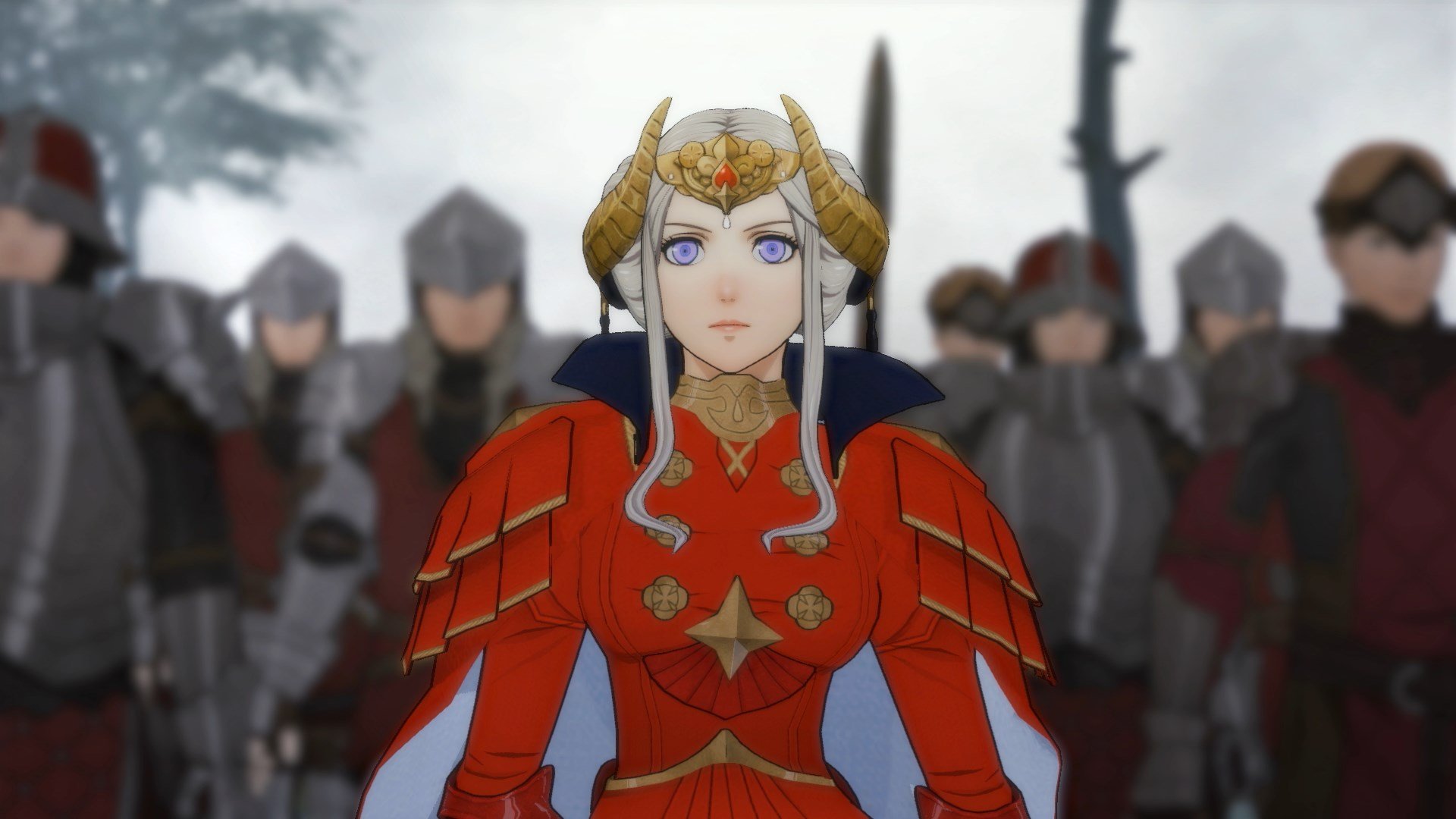
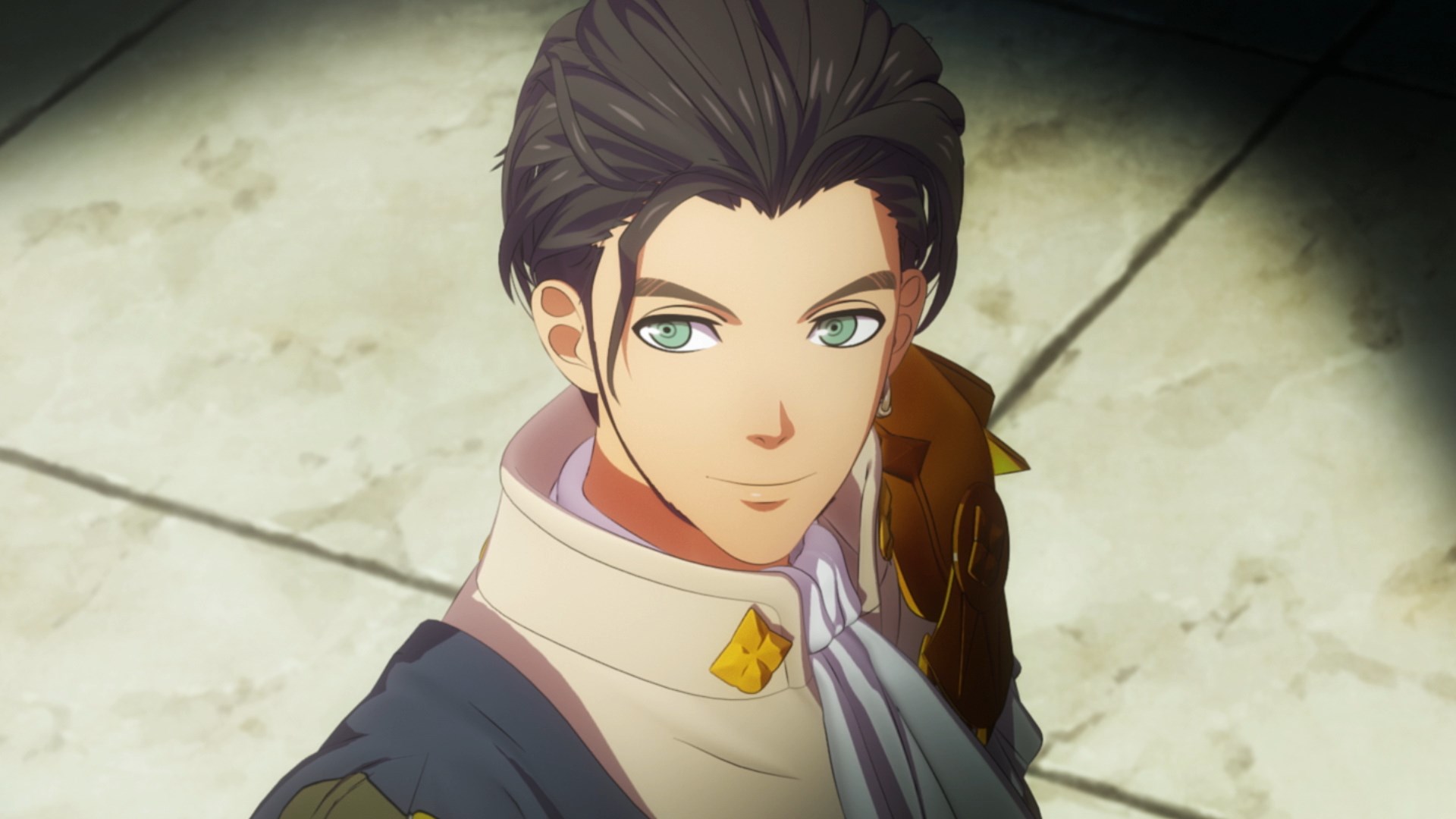
Headed into Fire Emblem: Three Houses? That's a big commitment, but it's one you aren't likely to regret. The strategy RPG series has been a staple on handhelds for years now, and was on console before that. Now that it's returned to console, Fire Emblem is at its best, balancing social sims and tactical RPG battles for a lengthy, meaty experience fans of the series will enjoy.
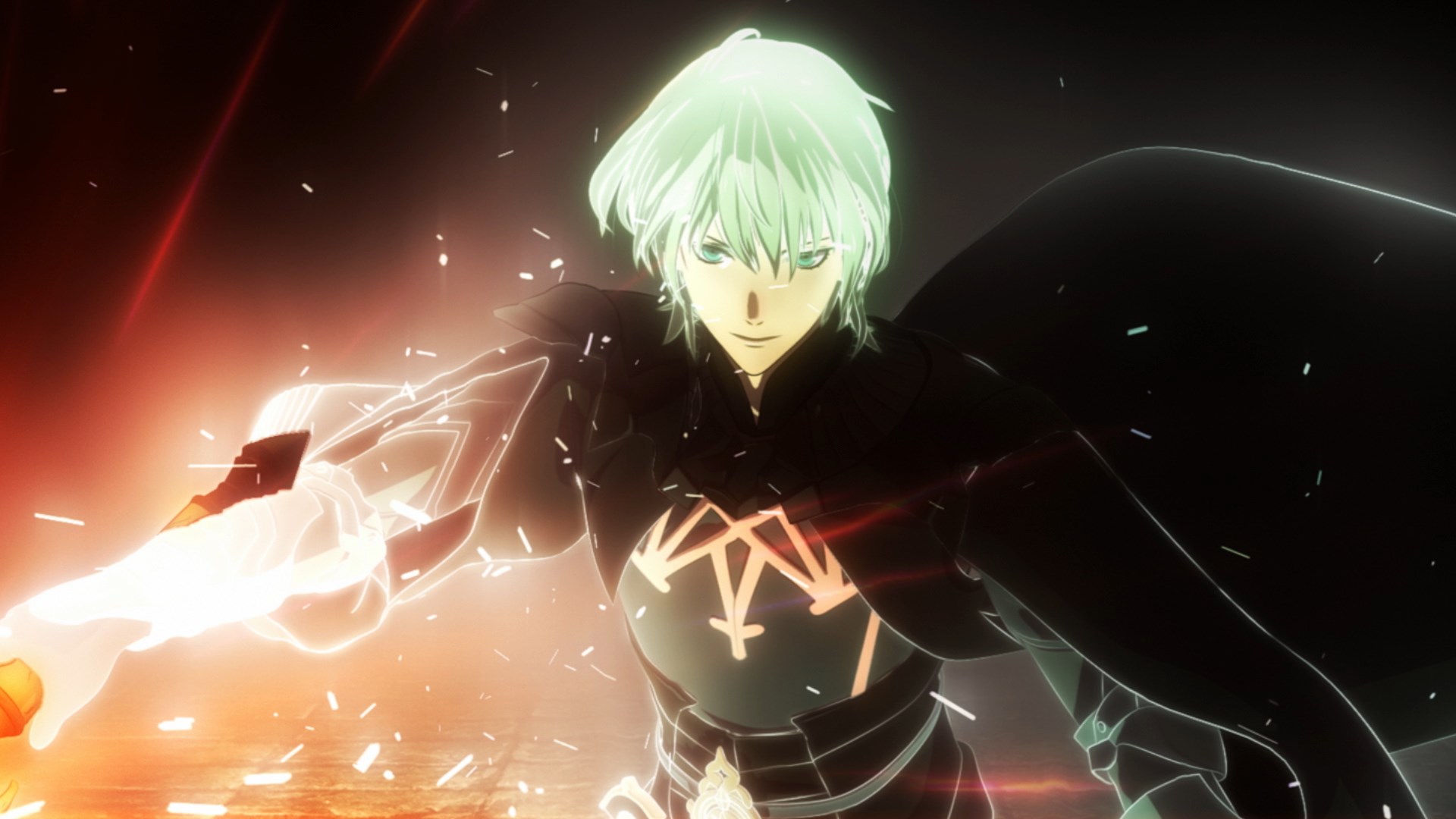
Bring unity to the kingdom of Fódlan
Fire Emblem: Three Houses puts you in the shoes not just of a warrior, but also a professor who must train a batch of student troops to prepare them for the inevitable conflicts between three powerful houses that lead the world you live in. This new twist works alongside the existing beloved mechanics of the Fire Emblem franchise in the latest entry of this tactical RPG series.
Whether you're a Fire Emblem veteran or a total novice, it's still a bit daunting to face down a new Fire Emblem title. Here are five key things to know before choosing your house and diving into the world of Fodlan:
Fire Emblem has a long history -- but don't worry about it
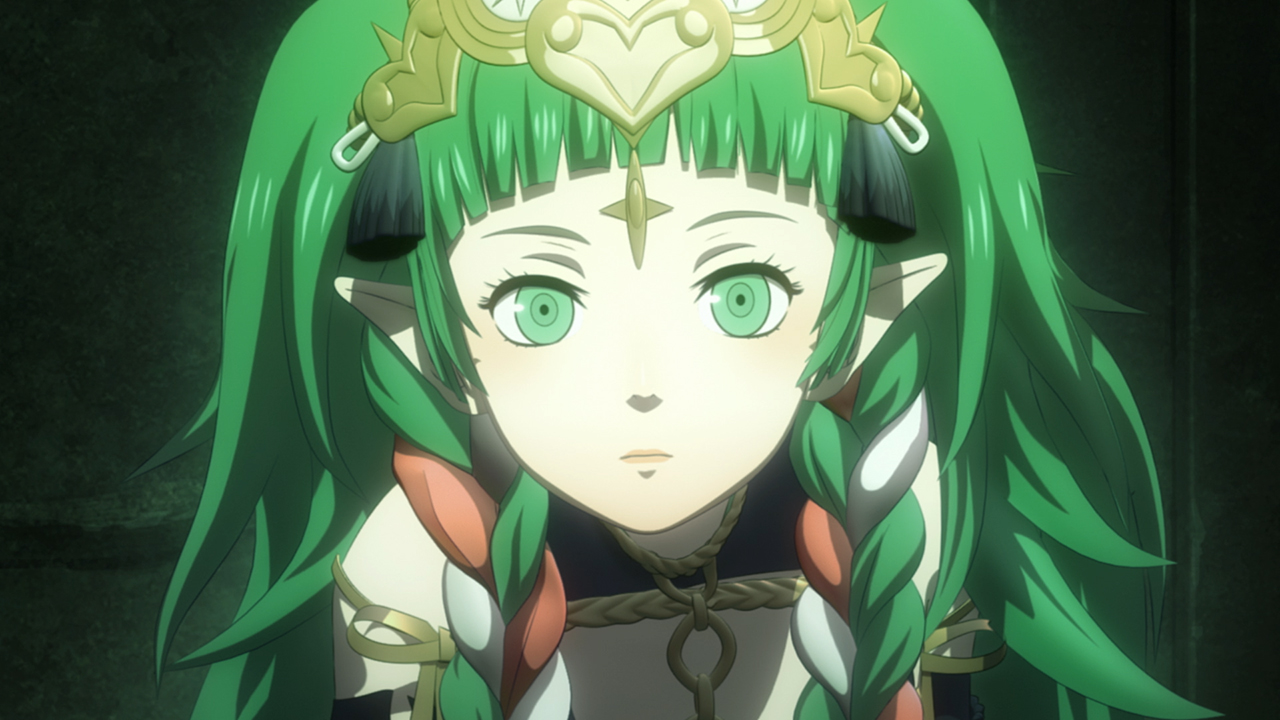
Fire Emblem is a strategy and tactical RPG series that has existed since 1990, but if you're new to the series, you don't need to worry about that. With few exceptions, each entry is a standalone game that will teach players its intricacies as they play, without prior knowledge of the games required. That said, its long history can be interesting and helpful to know when approaching the games for the first time.
The main thing you'll want to know is that prior to Fire Emblem: Awakening, Fire Emblem games were almost exclusively focused on the strategy and tactical portions. Though they did have stories, relationships between characters were not as detailed or important as they have come to be. Awakening changed the game quite a bit by adding social sim elements, allowing the player to forge powerful bonds with other cast members and deepening individual plots alongside that of the main story. Fire Emblem: Fates took that even farther, and while Fire Emblem: Three Houses has pared back on these elements somewhat, it still relies heavily on the social sim features as key elements in how you raise your units. The two sides of the game work hand in hand.
If you're not a fan of either social sim elements or strategy and tactics RPGs, this isn't the game for you. You can't have one half of the game without the other, and the two elements affect one another in numerous ways to create a cohesive experience. However, if both parts sound appealing, get ready for one heck of a ride.
Your house matters
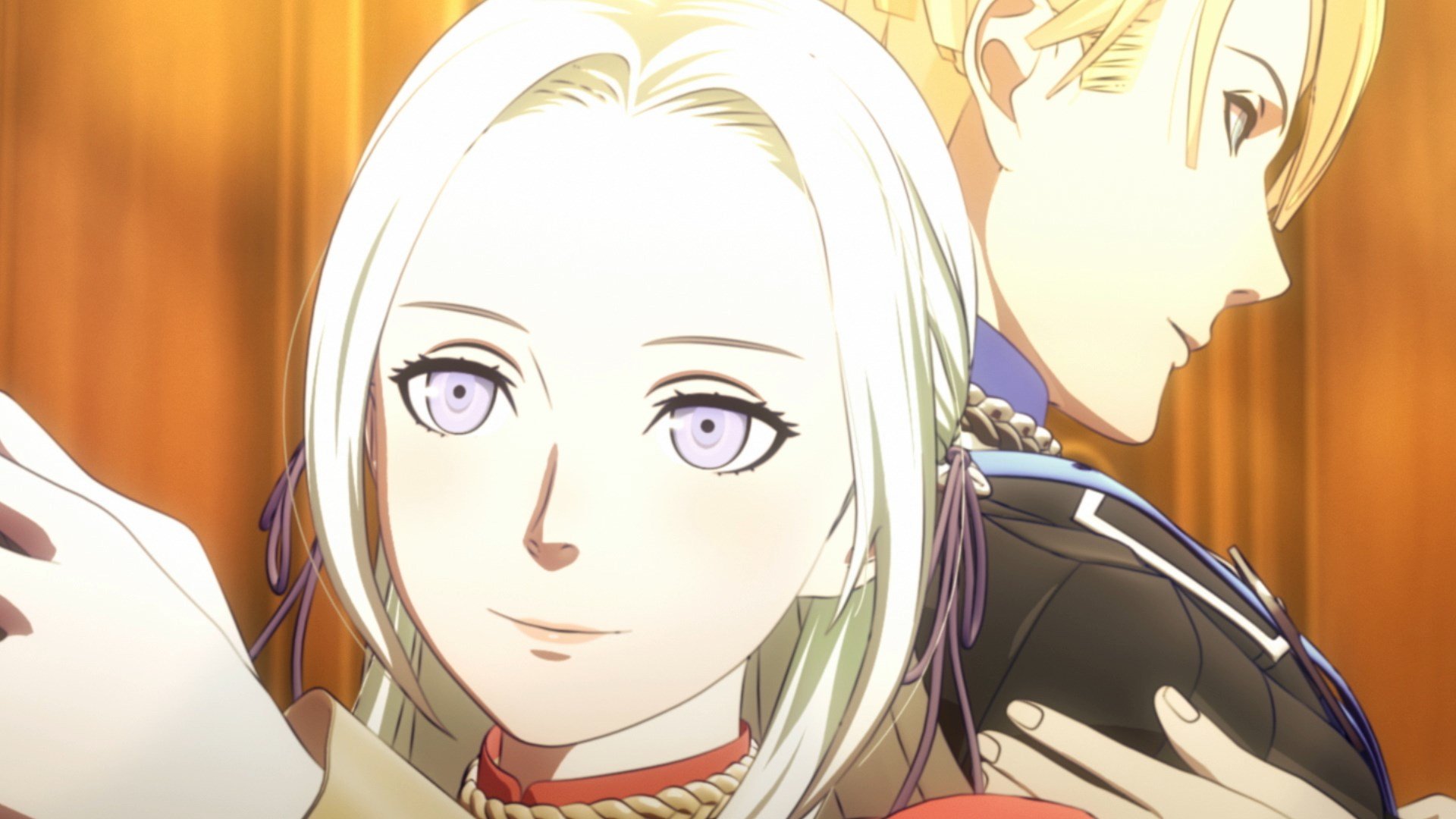
One of the first choices the game asks you to make is to pick your house, between the Black Eagles, Blue Lions, and Golden Deer. You'll get a quick primer on the students in each house, as well as their general ideals, but the game doesn't quite prepare you for how drastic a decision this will be.
The house you choose will shape the entire plot of the game, with things diverging pretty dramatically as the game enters its second act. We have a detailed guide on the differences between the houses, but the biggest things you should consider are difficulty and story: both Blue Lions and Golden Deer are good choices for series beginners, with Golden Deer having the more lighthearted of the two stories, and Black Eagles are both more challenges and far darker. The Black Eagles story also has its own separate split into two other paths later down the line, so consider that as well.
Master your iPhone in minutes
iMore offers spot-on advice and guidance from our team of experts, with decades of Apple device experience to lean on. Learn more with iMore!
Battling and social systems: working together
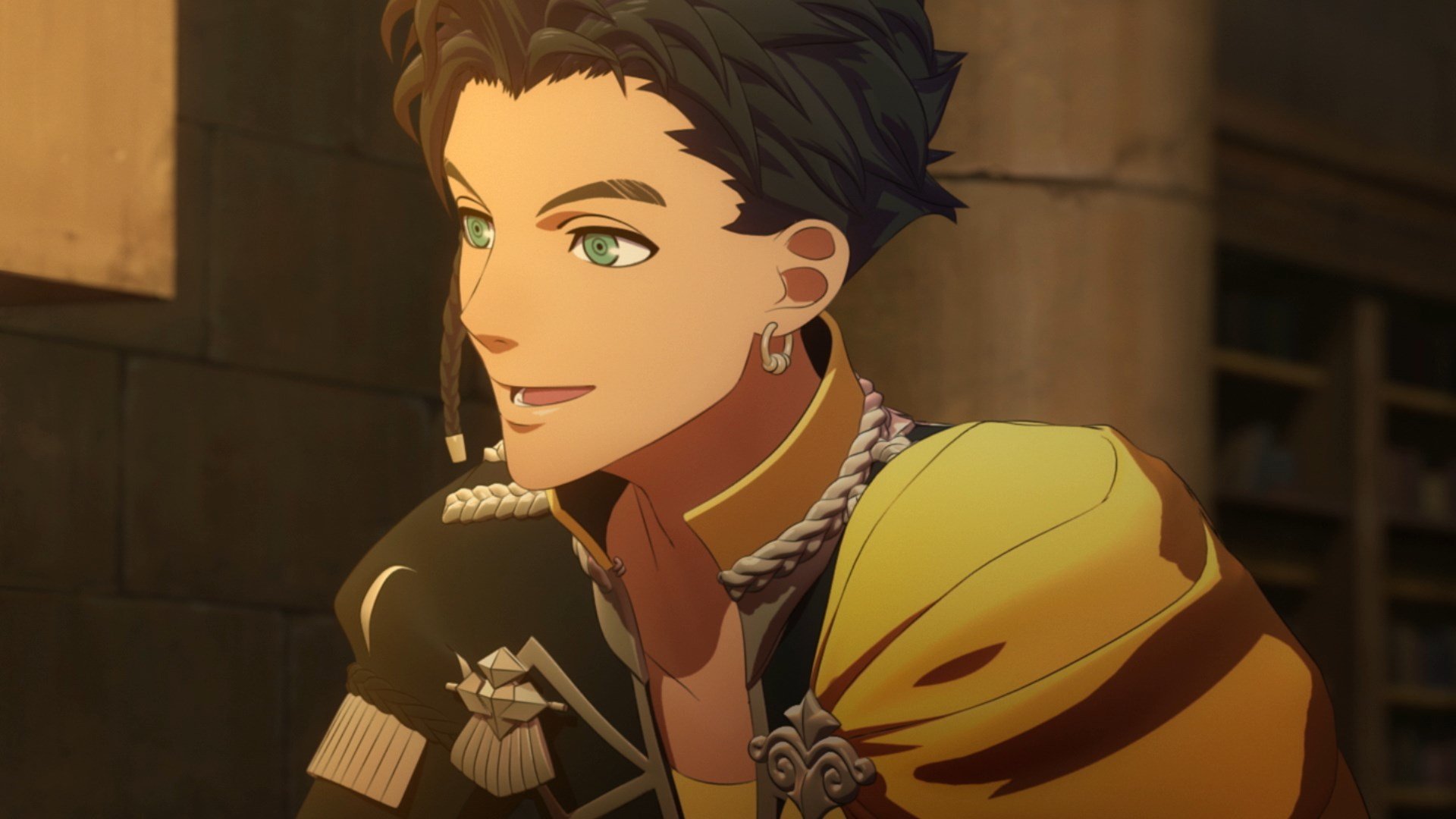
As I mentioned above, the battling elements and social sim systems work together for a complete experience. Things you do on one side affect elements of the other in numerous ways, so you can't really lazily work through one side just to get to the other. You have to put effort into both.
The social sim aspects of the game involve raising character support levels and motivation, which in turn is used to better train your students in skills, which are then used in battle. And in battle, characters can continue to raise support levels (which affect how well they fight alongside others) and then use the skills they've obtained to defeat enemies. And you'll get rewards on the social sim side that are then used in battle as well.
All of it interlocks in multiple ways and results in a comfortable rhythm for Fire Emblem: Three Houses. You'll spend 30-60 minutes wandering the monastery, speaking to students, finishing quests, and building support, then you'll spend a short amount of time instructing them, and eventually be thrust into battles. Then, it all repeats. Later in the game, the cycles get faster as you get used to the game's rhythm, but early on you may find yourself spending hours doing one or the other before moving forward.
Making sure you're thorough regardless of which side of the game you're in is key to success in both. Don't rush this!
A game in two parts
Without spoiling things, it's important to know that Fire Emblem: Three Houses is a game in two parts. The first half takes place with you as a professor at the monastery, training your students. The second takes place sometime later, amidst a war.
Though the basic loop of the game is the same in both halves, there are some key differences. In the first half, you'll have the option to recruit students from other houses and begin to build relationships with certain characters. In the second half, many of those characters disappear or go about their own adventures, meaning you're left with the team you've formed up to that point and must build deeper relationships with them.
Essentially, this means that the "Part 1" of your game should largely be centered around figuring out who you want on your team, and how you want that team to look for the remainder of the game. While you'll want to build supportive relationships in the first half with members of your own house, don't fret too much if it seems to be going slow, as you'll have the whole second half to focus in on them. Instead, turn your attention toward building support with other students outside your house if you want them to join you, and make sure you see support conversations with characters who aren't your direct charges before you get too far into the calendar year.
A balanced team
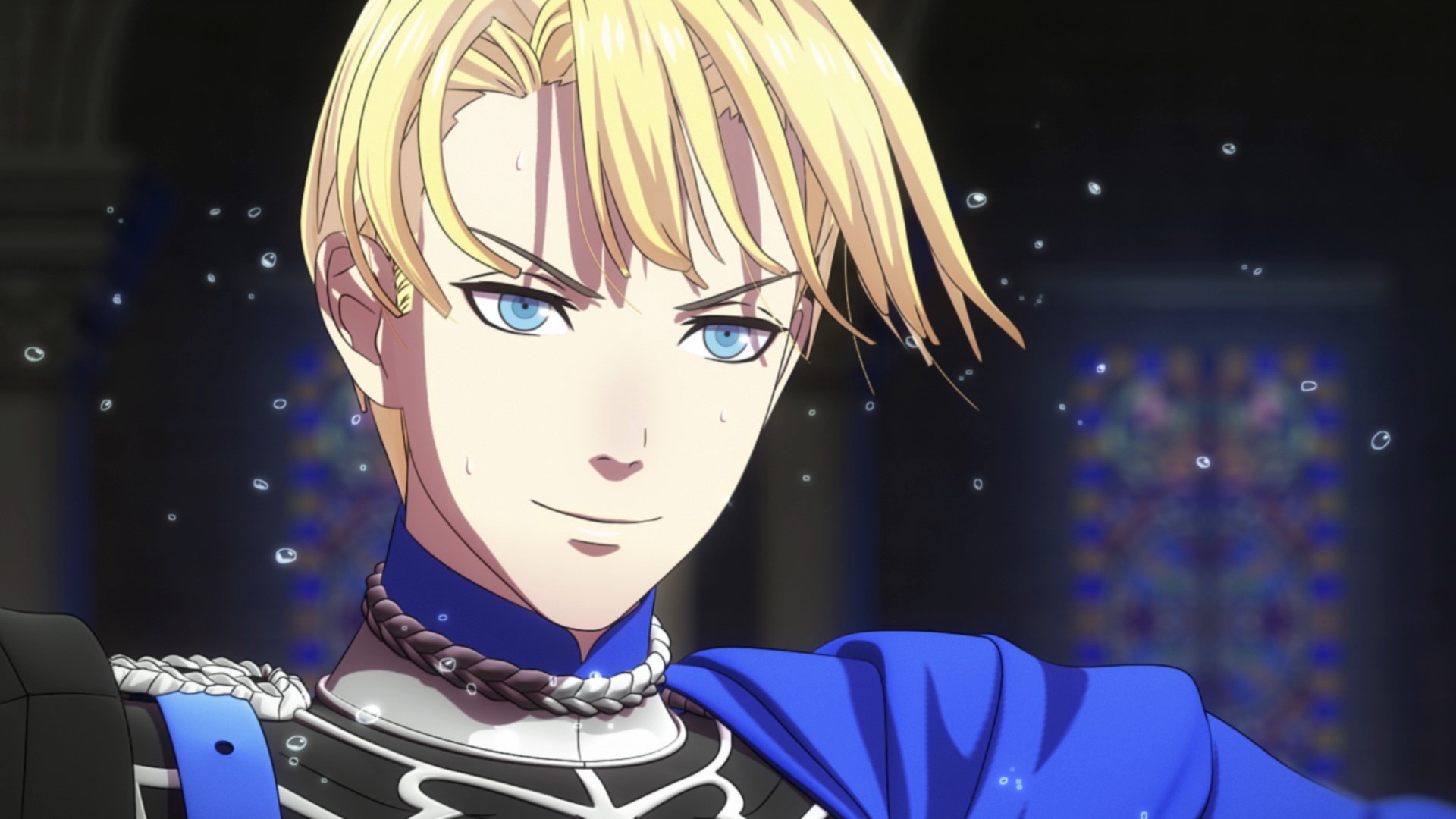
Above all else, the best way to success in Fire Emblem: Three Houses is to build a balanced team. You want to make sure you have strong physical fighters, people who can take damage, units who excel in movement, and spellcasters with both attack and healing magic. Take some time to plan your classes so you know what your units will grow to become and don't waste precious instruction time.
If you're playing on perma-death mode, this may become a struggle if you begin to lose units, especially late in the game. You can counter this somewhat by making sure you recruit everyone you possibly can, including professors such as Manuela and Hanneman, who are essentially free recruits after you reach a certain point in the game, to other similar easy recruits such as Shamir, Catherine, Cyril, and Alois. Picking up students from other houses is also helpful, though as your army gets larger you'll also need to make sure you're raising everyone's levels together. Choosing "Battle" on your days off always offers at least one option that costs no action points though, so you can grind as much as you like.
Above all else, have fun! Fire Emblem: Three Houses is a lengthy, enjoyable ride with divergent paths and lots of different strategy options. Don't worry too much about messing it up and enjoy the time you have with your units.

Bring unity to the kingdom of Fódlan
Fire Emblem: Three Houses puts you in the shoes not just of a warrior, but also a professor who must train a batch of student troops to prepare them for the inevitable conflicts between three powerful houses that lead the world you live in. This new twist works alongside the existing beloved mechanics of the Fire Emblem franchise in the latest entry of this tactical RPG series.


